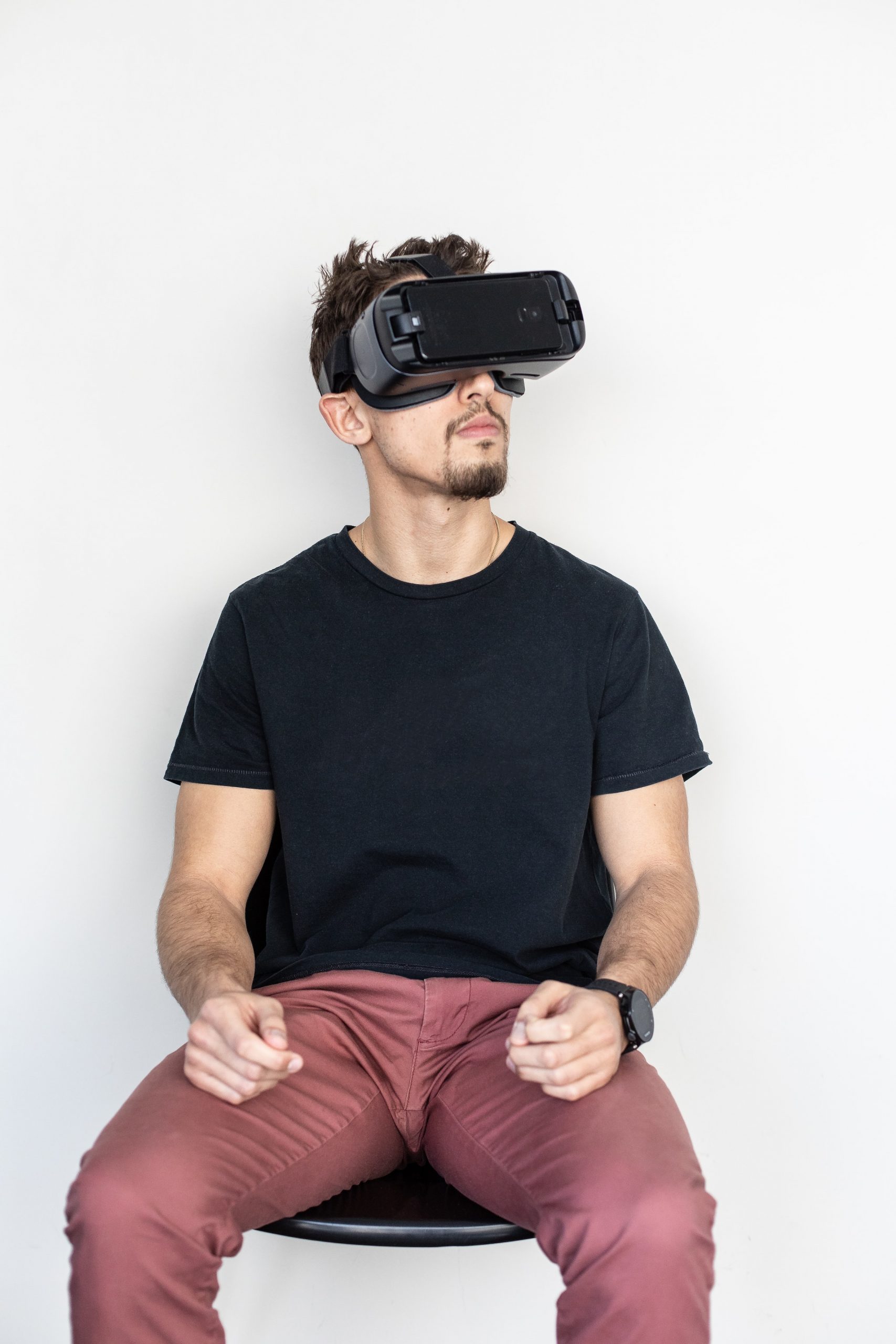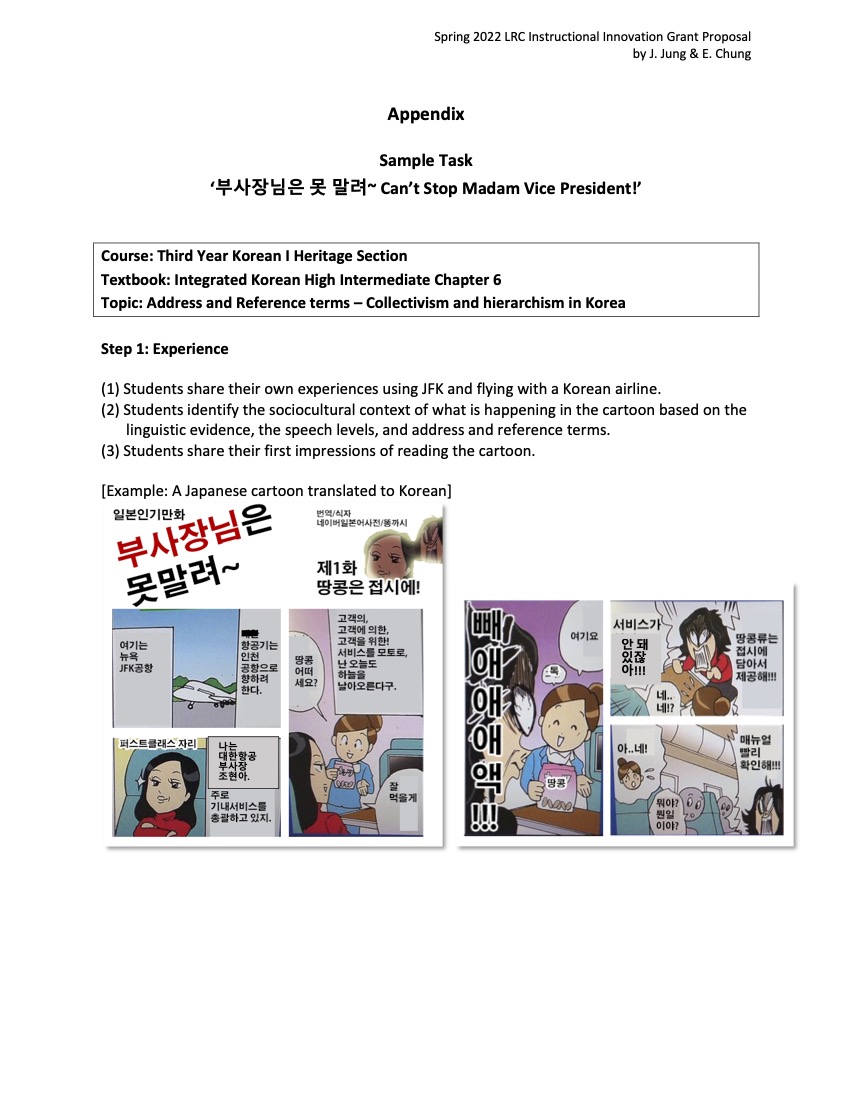Project developed during Fall 2022 and Spring 2023 Semesters
Spanish Spatial Grammar: Using Virtual Reality to Understand Spanish Prepositions
by Leyre Alejaldre Biel
Learning a language requires students to balance the acquisition of vocabulary, an understanding of grammar and a comprehension of cultural concepts associated with the target language. Spanish students constantly face challenges when learning different grammar concepts, such as the use of the preterite or imperfect tense, the verbal aspect and how to use prepositions, to mention some of the most researched difficulties. Instructors continuously work to create learning experiences that foster and promote a better understanding of the concepts presented in the classroom. The rapid evolution of technology provides multiple digital tools to enhance the teaching/learning experience. Lately, Virtual Reality (VR) has been erupting in the teaching of languages. VR is a technology that allows the creation of tridimensional scenarios that can be used in the language classroom to promote a more immersive learning experience. However, research into the use of VR in language education is still in its early stages and most of the work published is exploratory studies designed to investigate possibilities and student perceptions (Bonner and Reinders, 2018). Also, most of the research published focuses on using VR to learn communicative skills, vocabulary and culture. As previously mentioned, Spanish students face multiple challenges to understand, process and retrieve grammar in appropriate communicative contexts. This is why this project is set to explore the feasibility of using VR to teach grammar.
Designing Multiliteracies Tasks for Heritage Learners of Korean
by Ji-Young Jung and Eunice Chung
The objective of this project is to develop multimodal materials and tasks for heritage learners of Korean within the framework of multiliteracies. Heritage learners’ linguistic and cultural abilities differ from non-heritage learners. Most heritage learners come to class with prior exposure to the target language and culture. Therefore, such learners are often more proficient in aural/oral skills than their literacy counterparts. More importantly, the motivations of heritage learners are notably different from those of non-heritage learners. Studies of heritage language learning have consistently reported that heritage learners’ motivations and their learning experiences are intimately related to the issue of identity (e.g., He, 2006; 2010). Most of our heritage Korean students at Columbia not only take Korean to communicate better with their family members but to explore and connect with their heritage by learning more about the Korean language and culture. In this context, adopting a multiliteracies approach is particularly effective and fruitful in addressing heritage learners’ different needs and motivations. Multiliteracies incorporate various types of multimodal materials to help learners understand the ways media shape and change their world, in addition to primarily linguistic discussions. Through carefully designed materials and scaffolded activities, we plan to engage students in analyzing, evaluating, and applying the multimodal texts they encounter through a critical lens. Encouraging learners to digest and design meaning through a critical lens will help us avoid the prevalent cultural norms and practices, which are often implicitly imposed in heritage language education.
Supplementing Classroom Input for Intermediate Chinese Learners
by Shaoyan Qi & Yike Li
Input is the sine qua non of language acquisition (Gass & Mackey, 2015). Without the primary linguistic data available to the learners in the environment, language learning cannot possibly begin. For learners in foreign language contexts, where L2 input is impoverished, textbooks are one of the most important sources of input (Tomlinson, 2012; Ur, 1996). However, textbook alone is not enough. Many language teachers resort to the internet to search for quality input online to enrich the classroom learning. The problem is, most input material found online could not be used for classroom teaching directly, especially for beginners and intermediate level learners. The goal of this project is to create a corpus of supplemental input materials (audio-visual or text-based) specifically for the first five chapters (about 1/3 of the textbook) of the Second-Year Chinese class. In the meantime, it aims to pilot a systemic way to create/transform input materials that satisfy the four criteria for quality input: comprehensibility, authenticity, appropriateness, and representativeness.



